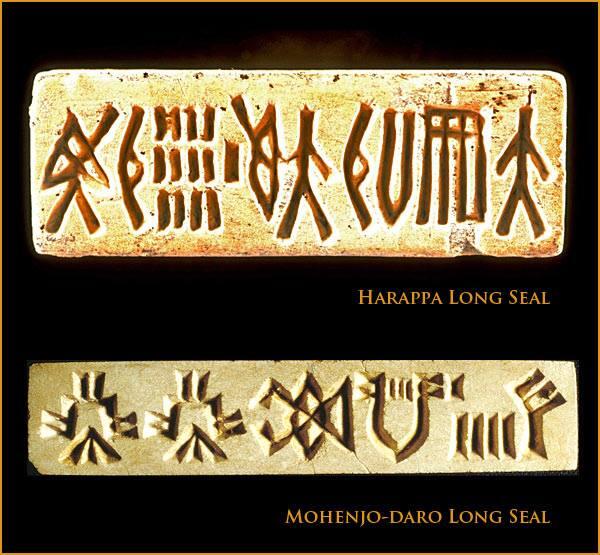By StephanieV. May 22nd, 2014
Long rectangular seals with no animal motifs from the last part of the Harappan Phase (2200-1900 BCE) found at Harappa and Mohenjo-daro. "This type of seal is found with only abstract writing, which radically altered communication. Impressions made by the square seals carry two distinct messages, one is presented in a script that could only have been understood by a literate person and the other in the animal motif, that even a child could comprehend. Illiterate workers loading or unloading bundles of goods stamped with animal motifs could very easily perceive who the owners were and which boats they should be taken to. The specific message in the written portion could verify to a literate merchant who the exact owner was. Rectangular seals on the other hand could only have been used to communicate with literate trading partners. Few sealings from long rectangular seals have been found; perhaps these seals were not used in everyday trade, but had a different function. These two types of seals may represent a chronological change in seal styles, but this has not yet been confirmed." (J.M. Kenoyer, Ancient Cities of the Indus Valley Civilization, p. 74)

